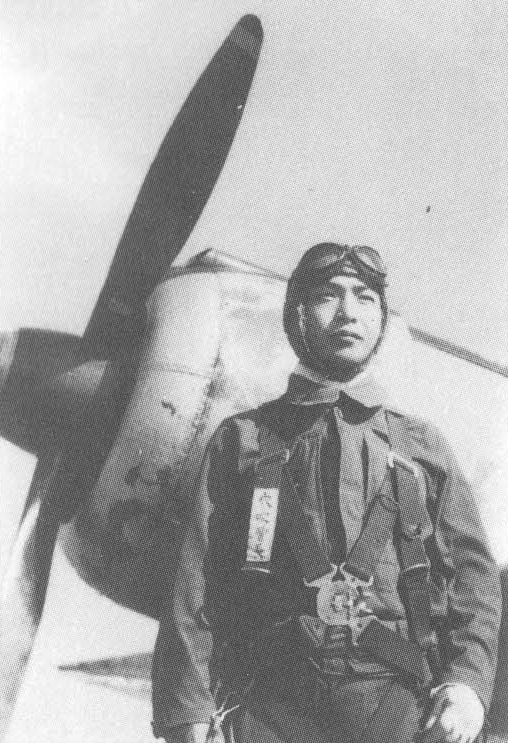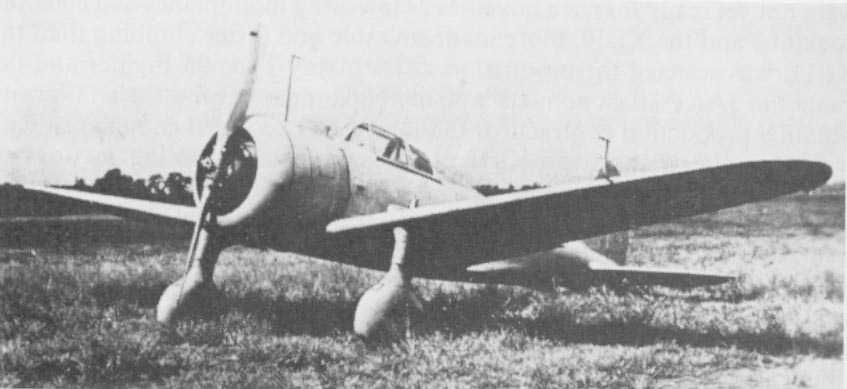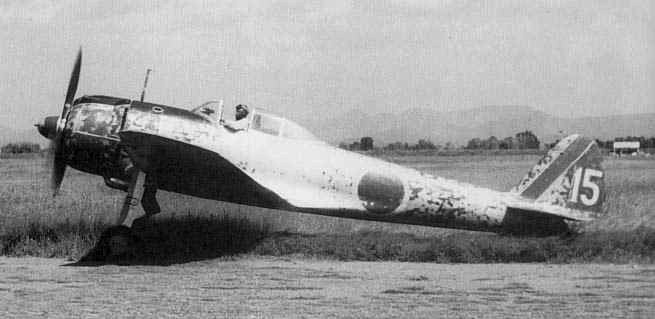
- For PC
- For MAC
- For Linux
- OS: Windows 10 (64 bit)
- Processor: Dual-Core 2.2 GHz
- Memory: 4GB
- Video Card: DirectX 11 level video card: AMD Radeon 77XX / NVIDIA GeForce GTX 660. The minimum supported resolution for the game is 720p.
- Network: Broadband Internet connection
- Hard Drive: 23.1 GB (Minimal client)
- OS: Windows 10/11 (64 bit)
- Processor: Intel Core i5 or Ryzen 5 3600 and better
- Memory: 16 GB and more
- Video Card: DirectX 11 level video card or higher and drivers: Nvidia GeForce 1060 and higher, Radeon RX 570 and higher
- Network: Broadband Internet connection
- Hard Drive: 75.9 GB (Full client)
- OS: Mac OS Big Sur 11.0 or newer
- Processor: Core i5, minimum 2.2GHz (Intel Xeon is not supported)
- Memory: 6 GB
- Video Card: Intel Iris Pro 5200 (Mac), or analog from AMD/Nvidia for Mac. Minimum supported resolution for the game is 720p with Metal support.
- Network: Broadband Internet connection
- Hard Drive: 22.1 GB (Minimal client)
- OS: Mac OS Big Sur 11.0 or newer
- Processor: Core i7 (Intel Xeon is not supported)
- Memory: 8 GB
- Video Card: Radeon Vega II or higher with Metal support.
- Network: Broadband Internet connection
- Hard Drive: 62.2 GB (Full client)
- OS: Most modern 64bit Linux distributions
- Processor: Dual-Core 2.4 GHz
- Memory: 4 GB
- Video Card: NVIDIA 660 with latest proprietary drivers (not older than 6 months) / similar AMD with latest proprietary drivers (not older than 6 months; the minimum supported resolution for the game is 720p) with Vulkan support.
- Network: Broadband Internet connection
- Hard Drive: 22.1 GB (Minimal client)
- OS: Ubuntu 20.04 64bit
- Processor: Intel Core i7
- Memory: 16 GB
- Video Card: NVIDIA 1060 with latest proprietary drivers (not older than 6 months) / similar AMD (Radeon RX 570) with latest proprietary drivers (not older than 6 months) with Vulkan support.
- Network: Broadband Internet connection
- Hard Drive: 62.2 GB (Full client)
Ki-27 otsu on devblog
 |
Satoshi Anabuki |
Born in a rural area of the Kagawa Prefecture in December 1921, Satoshi Anabuki was not interested in his family’s profession of farming. Growing up with a passion for aviation Anabuki joined the Army Youth Preparatory Flight Programme prior to starting at the Tokyo Army Aviation School in April 1938. After his training at Tokyo he moved on to Kumagaya and Tachiari before graduating as a qualified front line army aviator in March 1941. He was then posted to the 3rd Chutai of the 50th Sentai in July, flying the Nakajima Ki-27 fighter from Formosa. In October he was promoted to Corporal.
Anabuki’s first combat sortie took place on December 7th 1941, when the 3rd Chutai participated in the attack on US positions in the Philippine Islands. However, due to confused communications and false reports of enemy activity, no American aircraft was able to intercept the Japanese force as it struck Clark Field. On the same day Anabuki encountered a lone B17D – he intercepted the bomber but armed with only two rifle caliber machine guns, he was unable to shoot the aircraft down even after expending all of his ammunition.
However, on December 22nd Anabuki’s unit intercepted a formation of P-40E fighters from the USAAF 17th Pursuit Squadron over Lingayen Gulf and the fledgling Japanese fighter pilot scored his first kill. After the Japanese invasion of the Philippines had achieved a foothold, much of the 50th Sentai was moved to Burma although Anabuki’s 3rd Chutai remained in theatre. On February 9th 1942 he again encountered P40s of the 17th Pursuit Squadron, this time shooting down two American fighters in a single day over Limai, despite flying an aircraft which many would consider outclassed.
This would be Anabuki’s last air combat encounter in the obsolete Ki-27; in April his unit returned to Japan where they were re-equipped with the much newer Nakajima Ki-43-I Hayabusa. After a work up period with the new aircraft, the 3rd Chutai moved to Mingaladon Airfield near Rangoon in June 1942. Involved in the thick of the action against the RAF as Japanese ground forces fought a bitter campaign against British and Commonwealth troops beneath them, Anabuki achieved one of his most remarkable feats on December 24th 1942. The airfield was attacked by Hawker Hurricane Mk.IIb fighter bombers; Anabuki joined his fellow aviators and rushed out to his aircraft as bombs rained down around him. Quickly starting up and taxiing out to the runway, Anabuki’s Ki-43 was damaged by shrapnel from a nearby bomb blast as he took to the skies. Fighting to control his wounded fighter, Anabuki continued to climb but discovered that his landing gear had been locked down by the blast. He continued regardless and turned to engage the British aircraft. In the ensuing dogfight, Anabuki claimed three Hurricanes destroyed, although post war records show that one of the aircraft did return to base.
 |
Ki-27 |
Anabuki was promoted to Sergeant at the end of the year, having claimed ten British aircraft shot down. With a stronger American presence now in theatre, Anabuki’s unit found themselves up against the heavy, hard hitting American bombers of the USAAF. On January 26th 1943, he shot down his first four engine bomber, a B-24 Liberator. Continuing to fly in the thick of the action throughout the bloody campaign over Burma, Anabuki’s kill claims continued at a steady pace, the majority of which were RAF Hurricanes. However, his greatest day came on October 8th 1943.
Shortly after midday, Anabuki’s section of four Ki-43s were ordered to intercept an inbound American raid on B-24s. During the start up process he discovered that an unserviceable spark plug was causing problems with his engine; this was quickly remedied by his ground crews, but left Anabuki five minutes behind his section as he took to the skies. With visibility severely reduced by thick haze, Anabuki was unable to find his own section, or a second section of four fighters which was scrambled shortly afterwards. However, as the haze cleared he sighted a formation of aircraft: eleven B-24 Liberators escorted by two P-38 Lightnings.
Diving down to attack alone, Anabuki shot down one of the Lightnings before turning to engage the second. Unwilling to be drawn into a turning fight with the more nimble Ki-43, the P38 broke away to reposition for a further attack. This gave Anabuki time to attack the bombers – in two lightning passes he shot down a B-24. Bullets swept over his cockpit almost immediately as the P38 returned. Fighting to evade the American fighter, Anabuki was wounded as bullets smashed through his aircraft and he was struck in the left hand. Ignoring the pain, Anabuki was able to outmaneuver his foe and shoot him down, the final attack being so close that oil from the P38 obscured Anabuki’s view forward through his own windscreen.
Anabuki was not finished. Quickly bandaged his wounded hand, he returned to attack the formation of bombers. He shot down a fourth aircraft and was attacking a fifth when he ran out of ammunition. He continued his charge and rammed the B-24, amazingly burying his own aircraft into the back of the American bomber. After a brief moment of staring eye to eye with one of the B-24s gunners, his crippled aircraft fell off the back of the Liberator. The B-24 was his fifth kill of the day; incredibly, Anabuki was able to pilot his crippled fighter down to earth to carry out a crash landing before braving unforgiving terrain to struggle back to his unit. He was presented with a poem written personally by General Kawabe for his outstanding bravery and skill.
 |
Ki-43-IIa |
The account became legendary in Japan. However, post war investigations have led several historians to claim that the allied records do not acknowledge the loss of a single aircraft in the region on this day and that the entire event was fabricated. Debate over the authenticity of the famous event continues even to this day within historical circles.
Now a media hero, Anabuki was sent back to Japan in February 1944 to instruct at the Akeno Fighter School. He was promoted to Master Sergeant in October and whilst ferrying Ki-84 fighters to the Philippines he claimed a further six aerial victories in the form of US Navy Hellcats. Anabuki finished the war flying the Ki-84 in defense of Japan, scoring his last victory – a B-29 – over Honshu shortly before the end of the war.
Anabuki flew 173 operational sorties and claimed 51 aerial victories. 30 of these were officially acknowledged by the Japanese Army, although further post war investigations generally agree on his final tally standing at 39. After the war he flew helicopters with the new Japanese Self Defense Air Force, rising to the rank of Lieutenant Colonel, and also later flying with the police before finishing his flying career as an airline pilot. Whilst there is uncertainty which inevitably surrounds victory tallies of pilots of all nations, Anabuki is largely acknowledged as the top scoring Japanese army pilot of the Second World War. What is certain is his outstanding courage and piloting skills.
The author
 Mark Barber, War Thunder Historical Consultant
Mark Barber, War Thunder Historical Consultant
Mark Barber is a pilot in the British Royal Navy's Fleet Air Arm. His first book was published by Osprey Publishing in 2008; subsequently, he has written several more titles for Osprey and has also published articles for several magazines, including the UK's top selling aviation magazine 'FlyPast'. His main areas of interest are British Naval Aviation in the First and Second World Wars and RAF Fighter Command in the Second World War. He currently works with Gaijin Entertainment as a Historical Consultant, helping to run the Historical Section of the War Thunder forums and heading up the Ace of the Month series.




